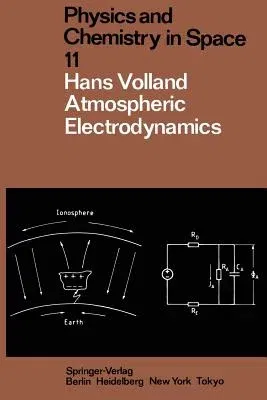H Volland
(Author)Atmospheric Electrodynamics (Softcover Reprint of the Original 1st 1984)Paperback - Softcover Reprint of the Original 1st 1984, 25 February 2012

Qty
1
Turbo
Ships in 2 - 3 days
In Stock
Free Delivery
Cash on Delivery
15 Days
Free Returns
Secure Checkout
Part of Series
Physics and Chemistry in Space
Print Length
208 pages
Language
English
Publisher
Springer
Date Published
25 Feb 2012
ISBN-10
3642698158
ISBN-13
9783642698156
Description
Product Details
Author:
Book Edition:
Softcover Reprint of the Original 1st 1984
Book Format:
Paperback
Country of Origin:
NL
Date Published:
25 February 2012
Dimensions:
22.86 x
15.24 x
1.22 cm
ISBN-10:
3642698158
ISBN-13:
9783642698156
Language:
English
Location:
Berlin, Heidelberg
Pages:
208
Publisher:
Weight:
308.44 gm

